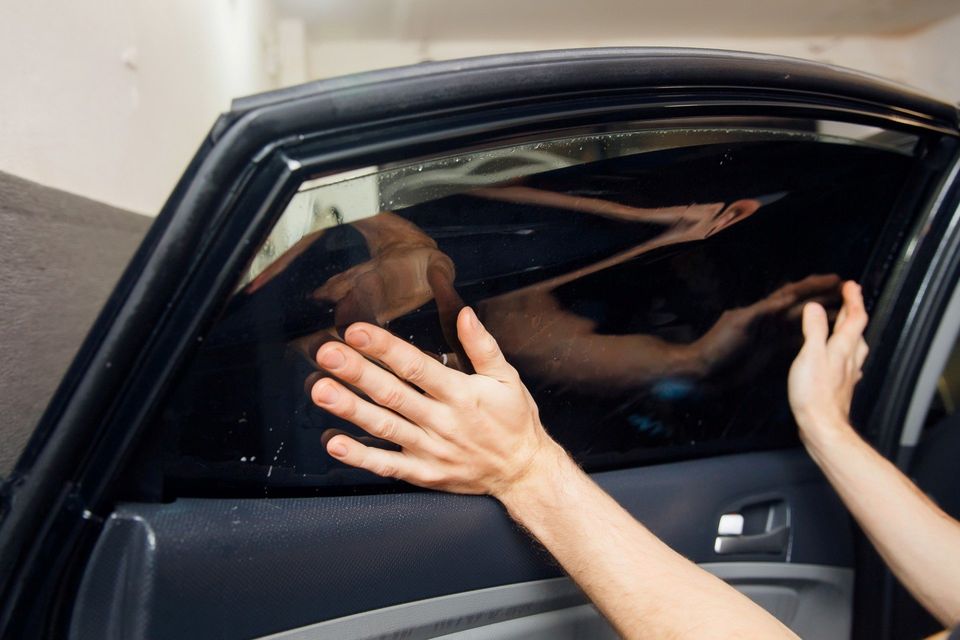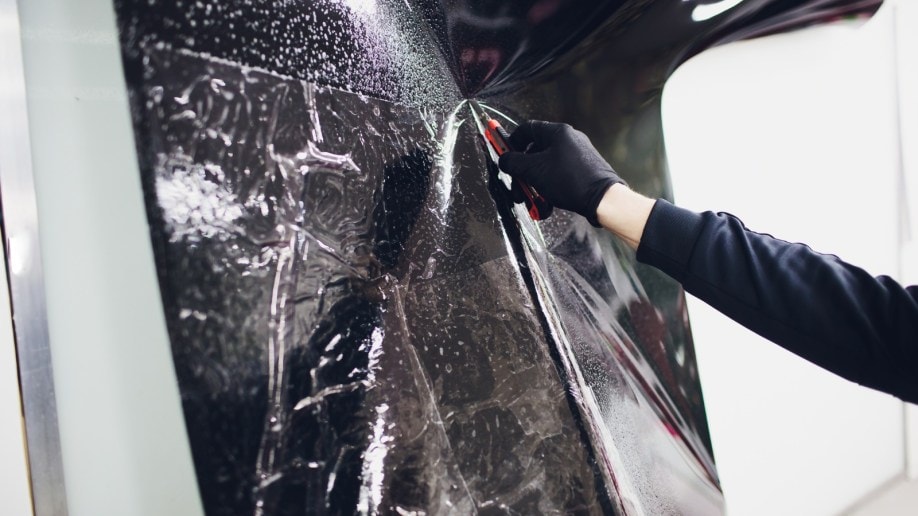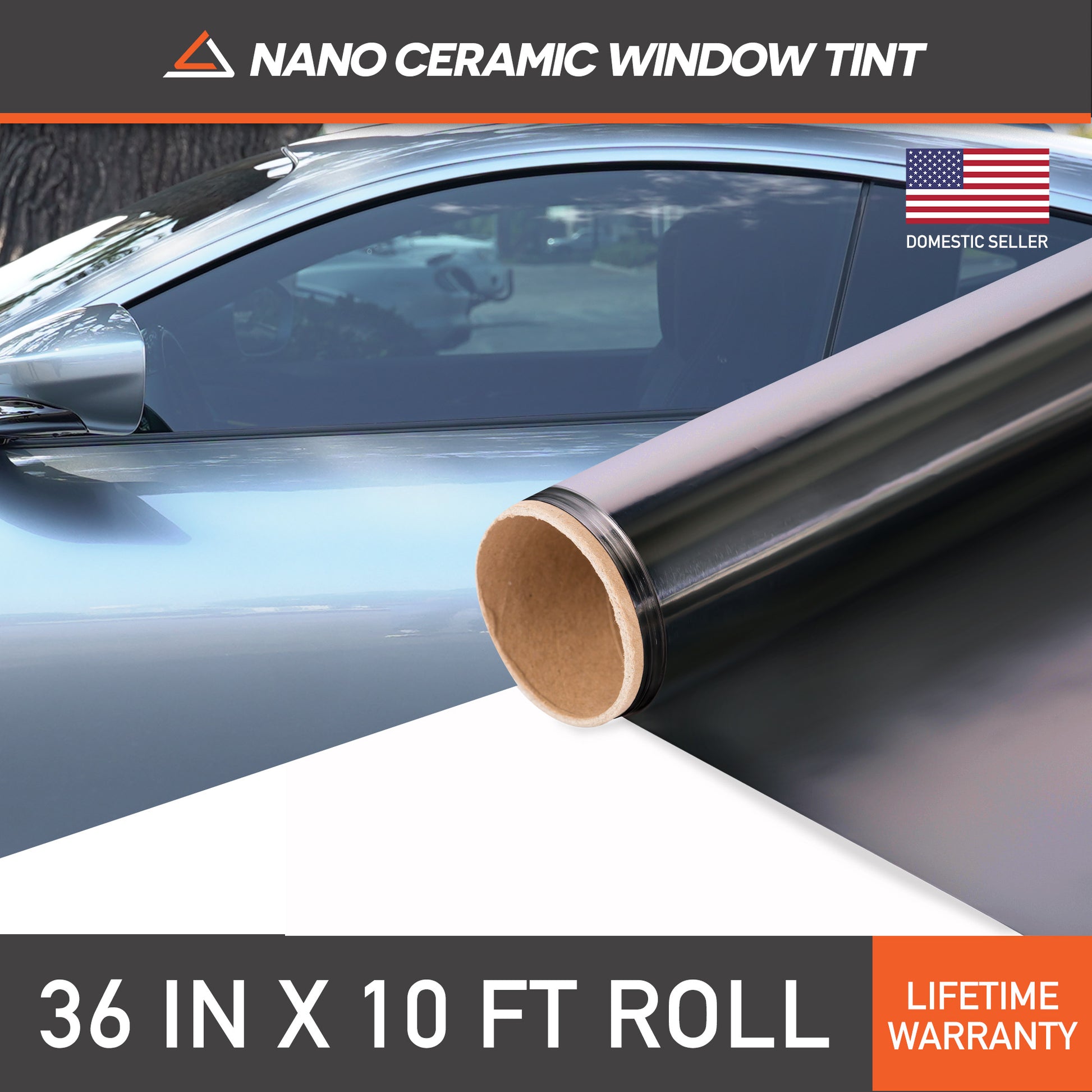Recognizing the Different Sorts Of Auto Window Tinting: Which One Is Right for You?
The option of vehicle window tinting can substantially affect both the capability and looks of your automobile. With different choices available, such as dyed, metalized, ceramic, and crossbreed colors, each presents unique benefits customized to details demands and choices. Comprehending these differences is crucial for making an educated selection that lines up with your lifestyle and spending plan. As you consider the implications of each kind, it begs the concern: which aspects will ultimately assist your decision in this complex landscape?
Overview of Auto Window Tinting
The primary objective of home window tinting is to lower glare and warm from the sun, which can lead to a much more comfortable driving experience. Additionally, tinted home windows aid protect the inside of the lorry from hazardous UV rays, decreasing the danger of fading and degeneration of upholstery and control panel products.
In addition, window tinting can improve privacy and security. Tinted windows can discourage possible burglars by making it much more challenging to see valuables left inside the automobile. In the occasion of a mishap, colored films can hold shattered glass together, decreasing the threat of injury from flying fragments. While various aspects, such as regional legislations and laws, may influence the degree of tinting allowed, the need for this personalization remains to grow. Ultimately, car home window tinting functions as a multifunctional improvement that incorporates design with security, making it a worthy consideration for car proprietors seeking to improve their driving experience.
Sorts Of Window Tinting
Exploring the different types of window tinting discloses a variety of alternatives customized to satisfy various requirements and choices. One of the most typical kinds include colored, metalized, ceramic, and hybrid colors.
Dyed window color involves a layer of dye applied to the movie, lowering and supplying a sleek appearance glow. While it efficiently obstructs UV rays, it may not supply the very same level of heat denial as other types.
Metalized window color includes tiny metal fragments that reflect warm and UV rays. This kind enhances toughness and includes strength to the glass yet can conflict with electronic signals, such as GPS and cellular phone function.
Ceramic home window tint is a premium choice that utilizes innovative innovation to provide superior warmth rejection and UV defense without the downsides of steel interference. It maintains visibility while providing a high level of convenience.
Crossbreed color incorporates dyed and metalized components, offering a balanced solution that provides both aesthetic charm and performance. Each type has special features that affect factors like appearance, warm rejection, and signal interference, making it possible for consumers to pick based upon specific requirements and choices.
Benefits of Each Color Kind

Metalized home window color, on the other hand, boosts longevity and warm being rejected. The metal bits installed in the film show heat and UV her response rays, consequently keeping a cooler inside and safeguarding furniture from fading. This kind also includes an extra layer of privacy due to its reflective residential properties.
Ceramic home window tint is acclaimed for its exceptional efficiency. It obstructs as much as 99% of UV rays and considerably lowers warmth without conflicting with electronic signals, making it suitable for modern automobiles geared up with innovative modern technology. Although it has a tendency to be pricier, its longevity and effectiveness typically validate the financial investment.
Factors to Think About
When selecting the appropriate window color for a lorry, a number of vital aspects enter play that can substantially affect the last decision. The lawful laws relating to window tinting vary by state and locality. Understanding these regulations is vital to prevent prospective penalties and make sure conformity with neighborhood criteria.
An additional vital consideration is the level of heat and UV protection desired. Various color kinds provide differing degrees of heat rejection and UV protection, affecting both comfort and the longevity of the vehicle's inside. In addition, one must think about the visual appeal of the color, as some alternatives may boost the vehicle's look while others might diminish it.

Making Your Choice
After considering the numerous elements entailed in selecting the right window tint, the decision-making process can begin. Begin by reviewing your primary goals for tinting. Whether your emphasis gets on UV protection, warm decrease, privacy, or visual appeals will dramatically affect your option.
Following, evaluate the lawful constraints in your area regarding home window tint darkness and reflectivity (Chavez see this page Auto Detailing Window Tinting). Conformity with local legislations is important to stay clear of penalties and ensure security

In addition, think about the durability and guarantee of the product. Buying a higher-quality film may at first cost even more however can conserve cash with time via durability and lowered need for replacement.
Final Thought
In conclusion, picking the suitable kind of vehicle window tinting demands careful consideration of individual demands and choices. try this Each tint kind-- colored, metalized, ceramic, and crossbreed-- supplies distinct benefits, ranging from cost-effectiveness to improved toughness and UV protection.
Each kind of home window tinting offers distinctive advantages that provide to varying preferences and requirements. Colored window color is preferred for its aesthetic appeal, offering a sleek appearance while lowering glare and blocking unsafe UV rays.Metalized window tint, on the other hand, boosts durability and warmth rejection.When picking the ideal window color for a vehicle, a number of important factors come into play that can dramatically affect the final decision.In verdict, picking the appropriate type of car window tinting requires cautious consideration of private needs and preferences.